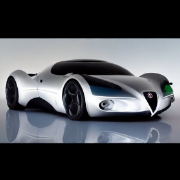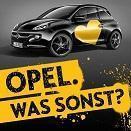Mercedes Classe A E-CELL Concept (Foto Ufficiali)
-
Contenuti simili
-
Mercedes-Benz GLB II 2026 (Spy) 1 2
Pubblicato da Osv,
- mercedes-benz glb
- mercedes glb
- (e 3 altri in più)
- 12 risposte
- 1458 visite
-
Jean-Philippe Imparato chiama Autopareri
Pubblicato da AleMcGir,
- bev
- lancia pu+ra
- (e 8 altri in più)
- 4 risposte
- 497 visite
-
- 7 risposte
- 1960 visite
-
-
-


.thumb.jpg.902d2a4f20a129e92b6f6920407b81bd.jpg)



.thumb.jpg.46228d717c405acd43b45b79fddce6a4.jpg)




















.thumb.jpg.d20c5008a881490f9c7f843d442a34f8.jpg)
Messaggi Raccomandati:
Crea un account o accedi per lasciare un commento
Devi essere iscritto per commentare e visualizzare le sezioni protette!
Crea un account
Iscriviti nella nostra community. È facile!
Registra un nuovo accountAccedi
Sei già registrato? Accedi qui.
Accedi Ora